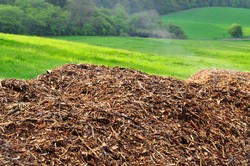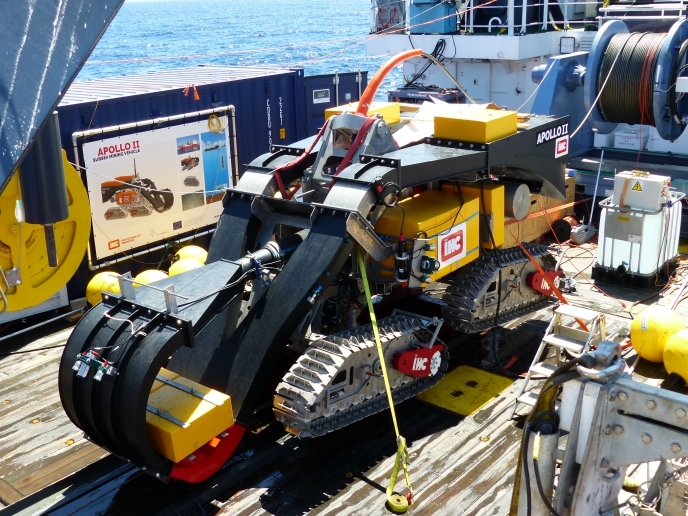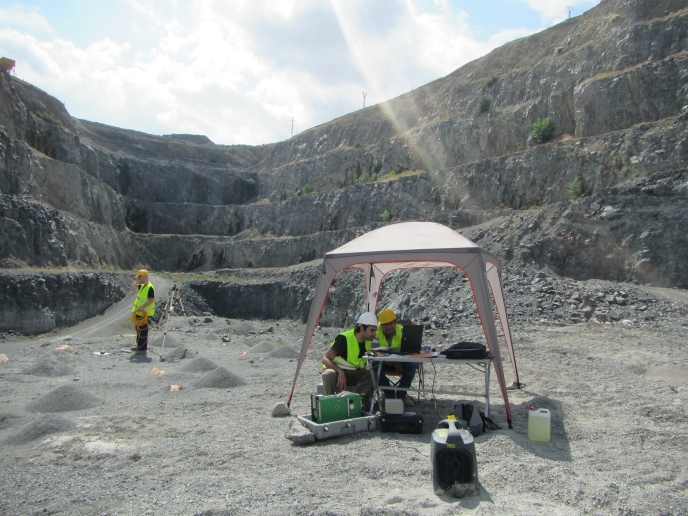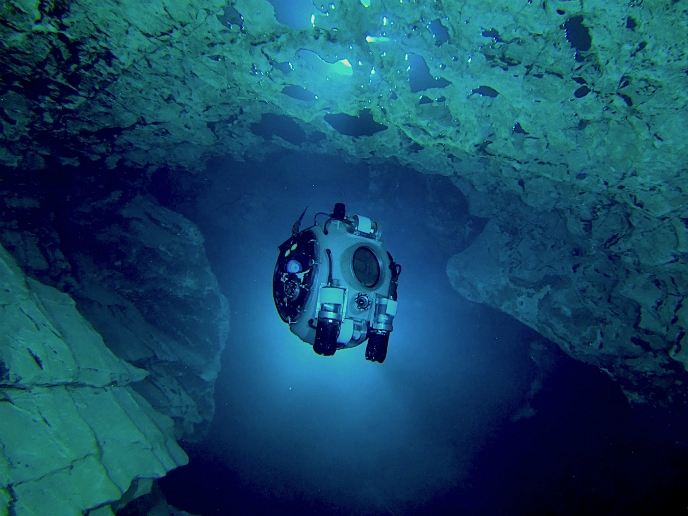Cheap and abundant catalysts for converting biomass
Raw materials are fundamental to Europe’s economy and they are essential to our quality of life. Critical raw materials are materials with a high economic importance, at risk of disruption to their supply. This is usually because they are available from only one or two countries. Critical metals, produced as a by-product of metal mining, are used for six major applications; one is catalysis. In particular, critical metals are often a default option for catalysing the conversion of biomass into higher-value downstream products. Because many catalysts have been identified through experimentation and observation, we don’t necessarily understand how they work and therefore cannot easily identify substitutes. The joint EU-Japanese NOVACAM (Novel cheap and abundant materials for catalytic biomass conversion) initiative developed catalysts using non-critical materials for upgrading biomass to chemicals and fuels. One of the initiative’s goals was to establish a solid foundation of knowledge about catalytic systems involving cheap and abundant materials. To do this, NOVACAM scientists used an approach called catalysis by design. They used this approach to research the requirements for catalysts involved in speeding up biomass conversion. The scientists used the knowledge they gained to design novel catalytic systems based on abundant elements. They also validated the use of these systems in three proof-of-concept studies at a laboratory scale to convert biomass into fuels and chemicals. These insights and novel findings were made possible by the collaboration of seven academic partners in the EU and Japan. Through the exchange of academic personnel and joint meetings, conferences and webinars, the partners’ complementary expertise in the field facilitated results. Reducing the reliance of EU industry on imported critical raw materials will improve its competitiveness and sustainability, and reduce risk. The NOVACAM project has delivered substantial advances in understanding catalytic processes and towards the goal of developing catalysts that don’t originate from critical raw materials.
Keywords
Catalysts, critical metals, NOVACAM, biomass conversion, catalysis by design







